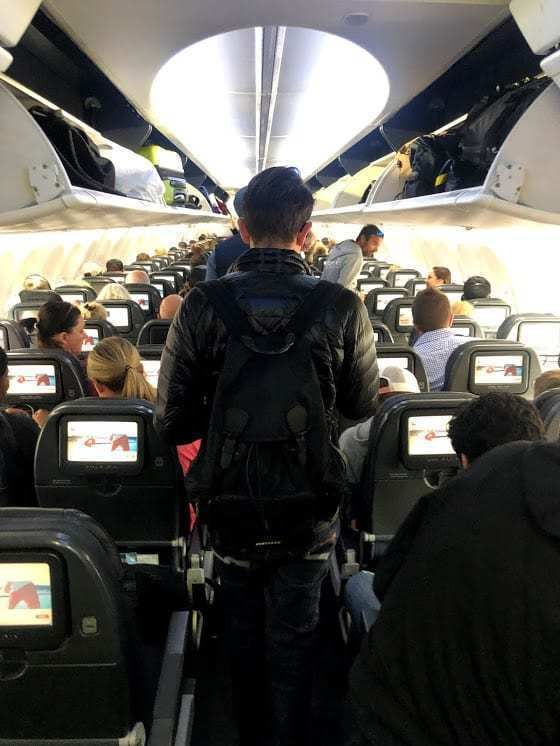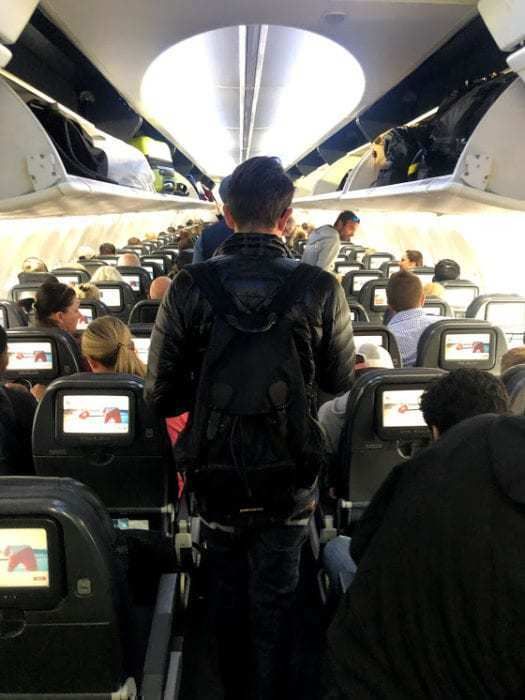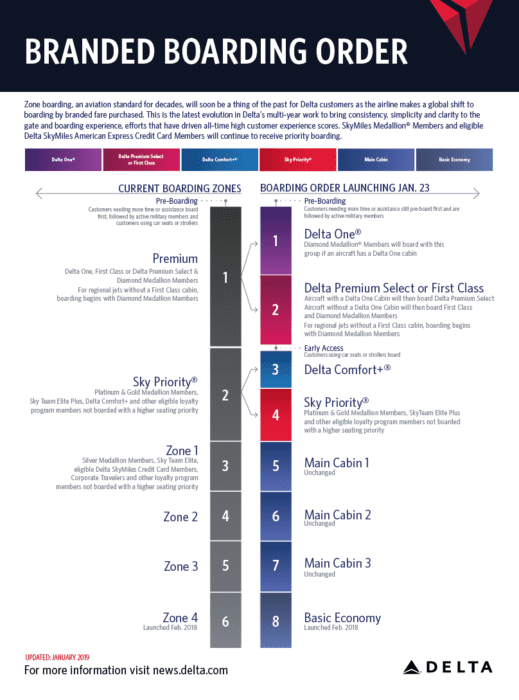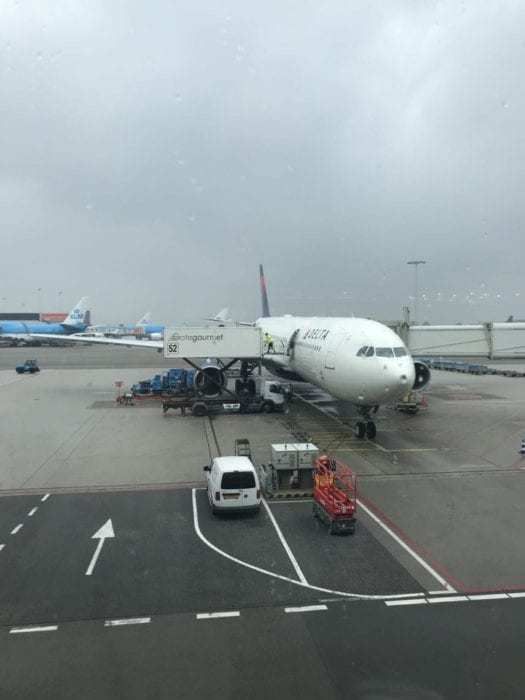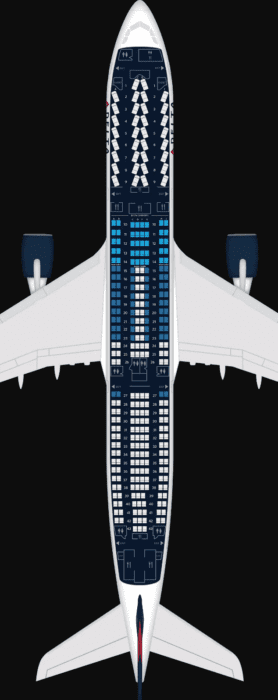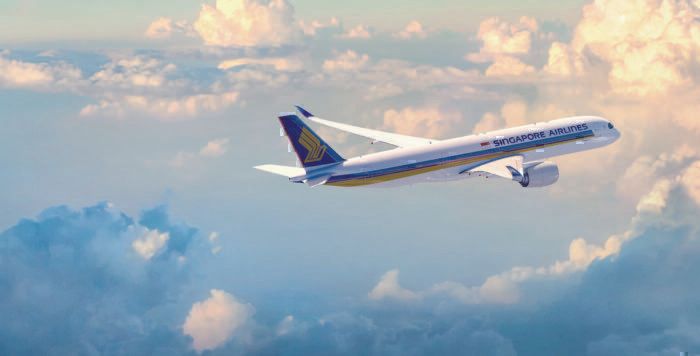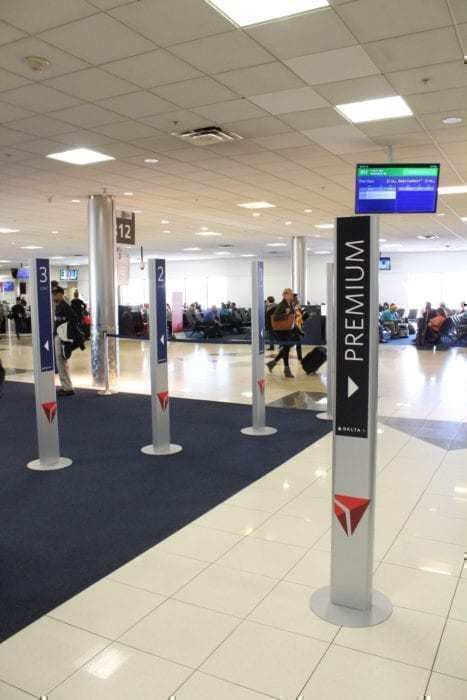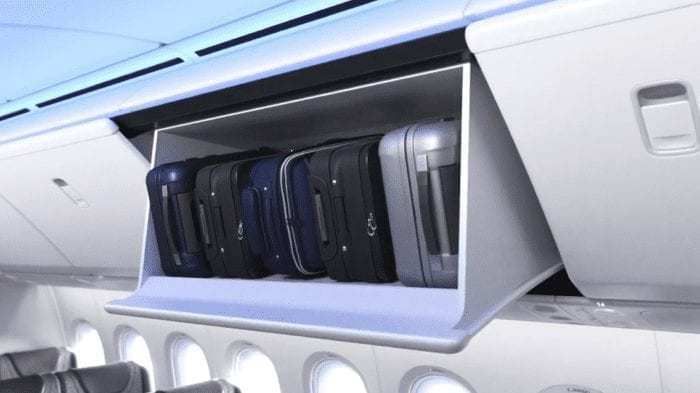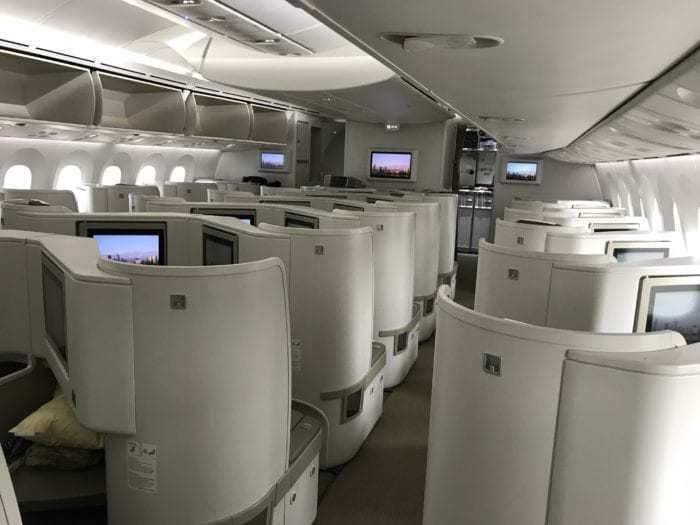Boarding an aircraft comes in many different flavors. American carriers tend to prefer multi-zone boarding systems. Meanwhile, Asian and European carriers tend to favor simplified boarding with fewer zones. Some carriers board by row number, and in some cases, you may find yourself boarding via airstairs. Some airlines can board jumbos in 20 minutes, while others struggle to board a regional jet in 30. This begs the question, what is the best way to board an aircraft?
For the purposes of this article, we'll focus on airlines that allow for pre-seat selection. While Southwest's idea of having passengers choose their seats while boarding the plane works for them; for some, seat selection is a prized amenity.
Delta Air Lines tries branded boarding
I recently had the opportunity to fly Delta One from Amsterdam to Minneapolis. Delta recently introduced a new boarding system, and although they are a few months into it, they're still working out the kinks. The gate agents attempting to board our flight (granted they were KLM employees) couldn't figure out all the new zones and incorrectly called forward Sky Priority customers before Comfort Plus and Delta One passengers.
While Delta likes to believe that it isn't 'zone boarding' anymore, they really haven't ditched the whole concept behind zone boarding. But by adding more zones, they haven't necessarily made it simpler. Instead, there are just more lines.
Even then, gate agents and some passengers may get frustrated and ignore the boarding process entirely at some point. This does occur with some frequency. For example, the couple in front of me as I boarded the aircraft had the Main Cabin 2 zone on their boarding card, but no one policed it.
Let's take a look at Delta's A330-300.
Delta's A330-300s
Delta Air Lines outfits their A330-300s with 293 seats. This includes 34 Delta One seats, 40 Delta Comfort+, and 219 Main Cabin seats. The cabin is arranged like so:
We started boarding our A330 about 50 minutes prior to departure, starting with pre-boarding. This included a handful of wheelchair passengers. It took about all of 50 minutes to board the full aircraft. Even then, there were quite a few stragglers. Passengers continued to board Delta One right up until the boarding door closed.
Singapore Airlines A350
253 passengers were seated and ready to go in about 20 minutes for our long-haul flight from Singapore to Johannesburg. Singapore had two boarding lines. Passengers were called up relatively simultaneously, however, we boarded using different doors. Business class passengers boarded through the forward door, while premium economy and economy passengers boarded through the second door.
Simple really works
Boarding should be simple. Gate agents, who generally run from one gate and one flight to the next, can get tired and confused between all these boarding groups. With more groups comes more confusion. With more confusion, people don't really know where to go.
Most gate areas don't have room to set up 4-5 different stands for boarding groups. However, two is a pretty good number. One for premium passengers and maybe top-tier elites, followed by economy class passengers which tends to involve more people than top-tier elites and premium passengers.
Direction of boarding
The biggest issue with boarding a flight comes down to people blocking the aisle and taking a while to get into their seats. Furthermore, at some point, you'll have someone who is in the aisle seat who has to get out and wait for the passenger in the middle or window seat to settle in before they can sit down. Aisles are narrow enough and this does nothing to make boarding easier.
Boarding back to front may actually be a better option. By boarding passengers at the rear first, this can help reduce the bottleneck in the jet bridge and onboard from passengers stowing their luggage and blocking aisle access. Ideally, this could mean a passenger in row 18, row 21, row 34, and row 42 can settle in simultaneously instead of just the passenger in row 18 settling and blocking passengers working their way to rows 21, 34, and 42.
Bags
Many people trying to get onboard an aircraft are worried about space for their carry-on items. No one likes to be separated from the luggage. As such, most people try to rush onto the aircraft in order to get space for their bags just above or near their row.
There are a number of solutions to this problem. One solution involves having passengers pre-order bin space above their row. Another could include upgrading overhead bins to accommodate a larger number of bags.
Of course, allowing passengers to check their bags for free before the flight may save even more time. Some airlines do allow passengers to gate-check their bags to their final destination for free, but usually, this is only for regional jets or smaller aircraft.
Some airlines and aircraft do not have overhead bins above the center aisles depending on the configuration. This can lead to anxiety for some passengers who would rather not be separated from their carry-on luggage on a long-haul flight.
Overall
Of course, there are plenty of other variables that go into boarding an aircraft. In some cases, you may have people with mixed up seat assignments, flight attendants working in the aisle, or even just differences in people's walking speed.
Airlines try multiple different methods for boarding an aircraft and tend to pick one that works best for them. However, maybe it's time for the industry to forego favoring status and priority in boarding and to focus on efficiency and faster, on-time departures. After all, the enjoyment of a flight is in the air, right?

